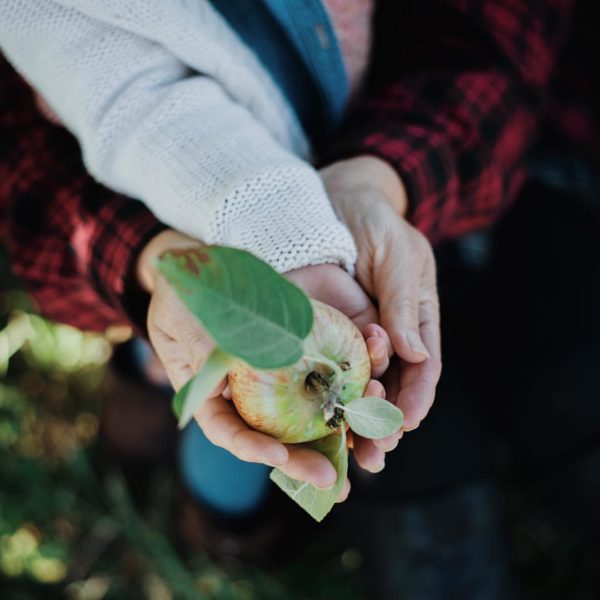I think (hope!) that it’s safe to say summer in the Northland has arrived! With it comes more outdoor time. May was Skin Cancer Awareness Month, and so it’s a great time to chat about skin cancer detection and prevention, and sun safety in general.
Know Your Facts
Of all cancer types, skin cancer is the most common. Melanoma accounts for 1% of skin cancer diagnoses, but causes a majority of skin cancer deaths as it spreads to other parts of the body more frequently than other skin cancers.
Some risk factors of skin cancer include:
- Having fair skin, freckling and naturally light hair
- Having had a lot of sunburns
- A personal or family history of skin cancer
- Increased time outdoors/UV exposure
- Having a lot of moles or irregularly shaped moles
- Taking medication that makes you sensitive to light
- Having a weakened immune system
So, what are we supposed to be looking for when doing the recommended, annual full body scans? Try using the ABCDE rule as a guide, and please discuss any of the following concerns with your doctor:
- Asymmetry: half of a mole or birthmark doesn’t match the other
- Border: edges are jagged, blurred, irregular
- Color: differences in color throughout a mole or birthmark
- Diameter: a spot is bigger than ¼ inch across, though some cancers may be smaller in size
- Evolving:a spot is changing in size, shape or color
I hope the following prevention tips/ideas serve as a welcomed reminder with the increasing temperatures and time we will all be spending outside.
Seek shade!
Use it as your excuse to buy that stellar beach umbrella. Add one to your patio. Move your hammock and/or the kids’ kiddie pool or water table into the shade. Do what you must to have some shaded options for the family. Perhaps the stars will align and nap time will magically happen from, say 10-2? I like to dream big!
Sunscreen, sunscreen, sunscreen!
A few tips when purchasing sunscreen; be aware, only broad spectrum sunscreens with an SPF of 15 or higher can state they protect against skin cancer. I know there is definite debate about the effectiveness of spray when compared to lotion, but it’s my opinion that, in the end, the “best sunscreen” is the one that you’ll use over and over again. Personally, I have and use both depending on what our plans are and how agreeable my small people are that day. I frequent the EWA website and find it full of useful resources, research, and information on sun protection. An adult should be using one ounce of sunscreen per application and reapplying every two hours.
Protect yourself!
Perhaps it’s time to buy into the big ol’ floppy hat trend? Get the biggest one that still allows you to chase down a slippery, sandy, sunscreen-covered child if need be. While you’re shopping, sunglasses are also a necessity. Make sure everyone is rocking lenses indicating they’re 100% UV-blocking; darker shades don’t mean more protection. Polarized lenses block glare, not more UV rays. And bigger is always better since they provide more coverage.
Stay out of the tanning bed, please.
I get it, winters in the Northland are long and arduous. My see-through legs feel the same. I’m also one that does much better with a bump of vitamin D but the increases in vitamin D levels caused by UVB radiation (from tanning beds) plateau rapidly and are outweighed by the risks. Tanning beds also emit UVA rays which do not contribute to vitamin D production but CAN increase risks of skin cancer, specifically, melanoma. So, I eat foods high in vitamin D (fatty fish, egg yolk) and take a supplement. I encourage you to talk to your doctor if you’re concerned about your levels. Additionally, I am no expert on sunless tanning, but have personally had streak/orange-free luck with both Jergens Natural Glow Moisturizer and Eco Tan Invisible Tan.
I wish you a wonderful season. Be safe!
(Disclaimer: Please be aware that this is not a complete list of all signs, symptoms and/or prevention measures. My goal is to provide a general overview in order to increase awareness and support preventative measures and behaviors. I am not a physician and encourage you to contact your primary care physician should you have questions or concerns related to your body and health. Also, risk factors are just that; some you may be able to change, some you may not; simply having one or more risk factors does not mean you will get a disease. It is important to be aware of certain factors that could put you at higher risk in order to take precautionary and preventive measures.)











